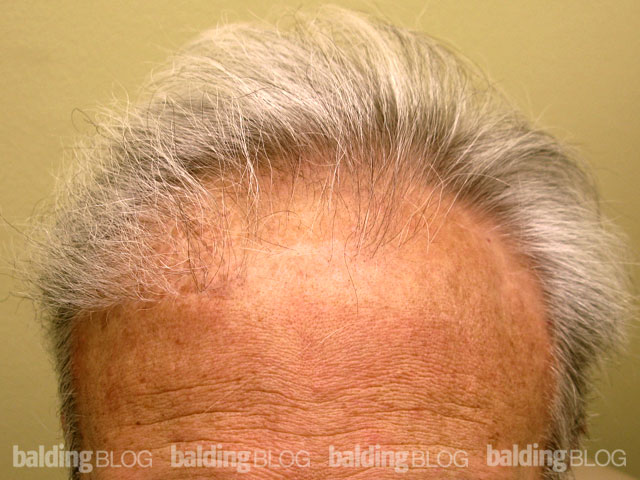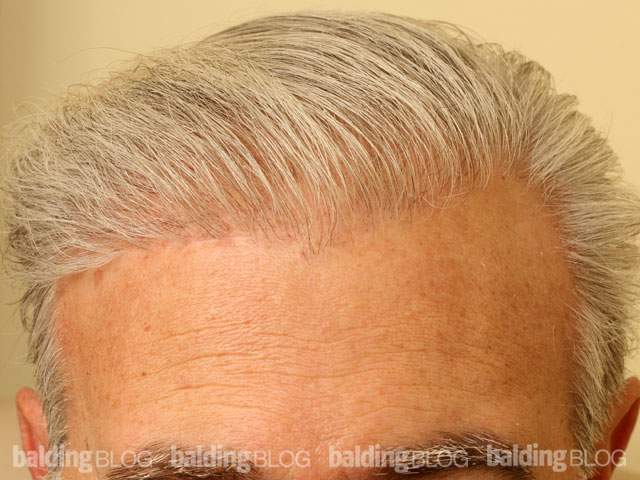Hello doctor
What do you think about transplanting beard hair to the scalp ?
a ) Does it worth the cost ? Is it a measure of last resort or a reasonable addition to achieve better coverage and thickness ?
b ) How many hair can you get from a beard to transplant ?
c )Is there a significant risk of little dot scars to the face ?
d ) Is it true that although beard grafts are mostly single haired , those hairs are 3 – 4 times thicker than scalp hair ?Appreciate your time

At NHI, we do not perform beard hair transplants to the scalp unless the donor supply is depleted. We therefore do not endorse this treatment. Another way to put it is, we do not recommend surgery that we would not want done on ourselves. I realize there are other doctors and clinics that advertise and transplant beard hair to the scalp, but results we have seen have been mixed (some good, some bad).
You must remember beard hair texture and growth is completely different than scalp hair, so there is a potential for mismatch. There is also a chance of some sort of scarring to the face. ALL surgery or cut on the skin will produce some form of a scar. Even the best FUE will produce a scar if you look close enough. Most people will never see the FUE scars, because they’re in the back of the scalp, but FUE to the face and beard area will stand out if you shave.
The cost of the surgery and its benefits are something only you can assess based on your expectations. The number of hairs and the quality of beard hair is dependent on your beard hair characteristics. Everyone is different and there is no universal answer.




 If you were really only with a Norwood Class 2 pattern balding, why would you have 3650 grafts transplanted? This just does not make any sense to me.
If you were really only with a Norwood Class 2 pattern balding, why would you have 3650 grafts transplanted? This just does not make any sense to me.